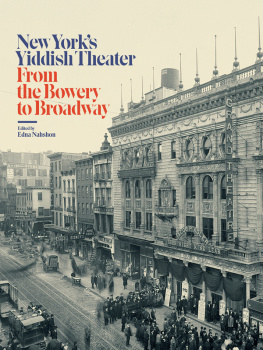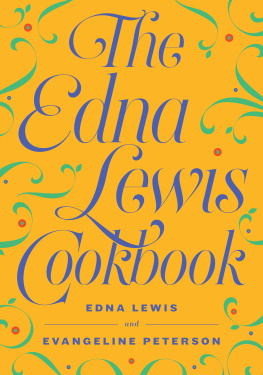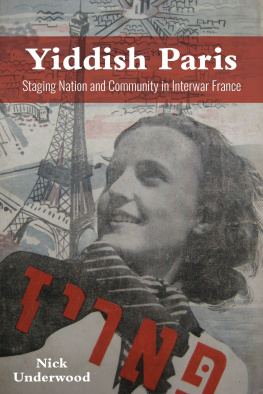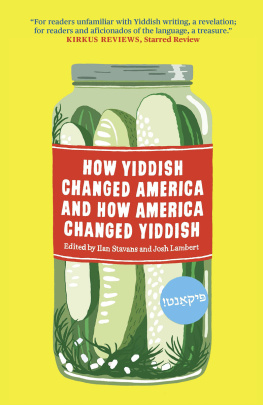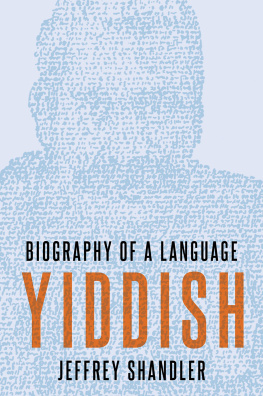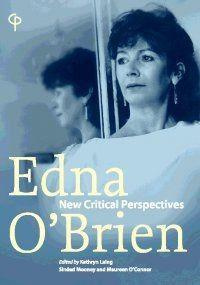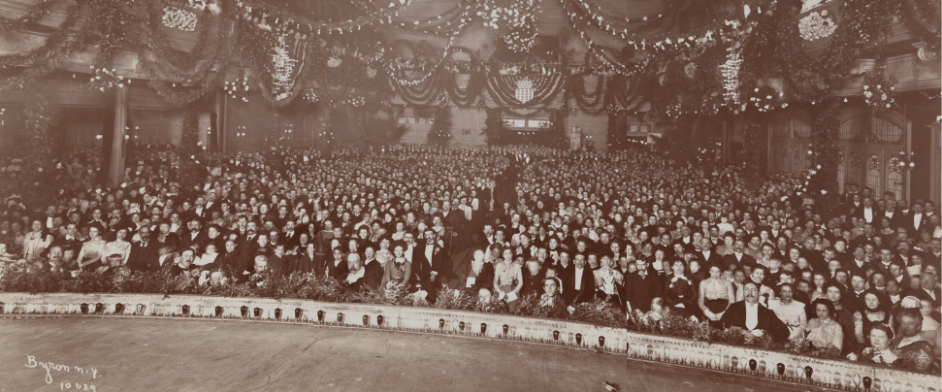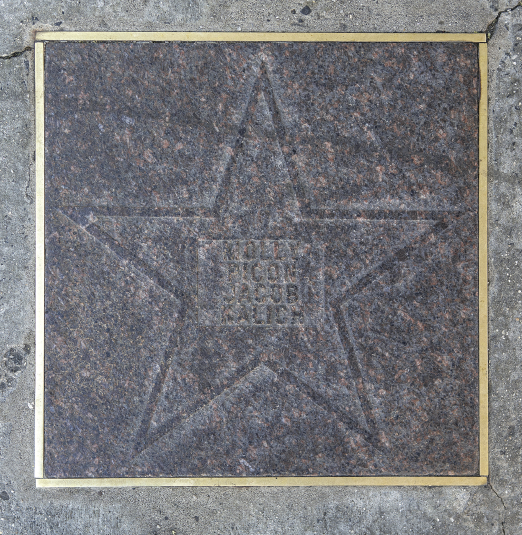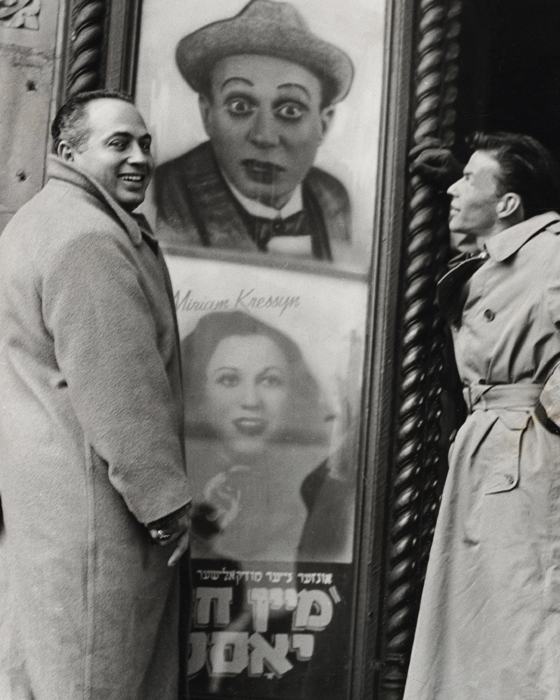New Yorks Yiddish Theater
New Yorks Yiddish Theater
From the Bowery to Broadway
Edited by Edna Nahshon
Featuring Images from the Collections of the Museum of the City of New York and the YIVO Institute for Jewish Research
Contents
SUSAN HENSHAW JONES
EDNA NAHSHON
HASIA DINER
NAHMHA SANDROW
BARBARA HENRY
By Edna Nahshon
By Stefanie Halpern
By Joshua S. Walden
EDNA NAHSHON
EDNA NAHSHON
ARNOLD ARONSON
EDDY PORTNOY
By Edna Nahshon
By Judith Thissen
EDNA NAHSHON
ALISA SOLOMON
By Stefanie Halpern and Edna Nahshon
New Yorks Yiddish Theater: From the Bowery to Broadway
Star from Second Avenues Yiddish Theater Walk of Fame, 2015.
Listed on this star are actors Molly Picon and her husband, Jacob Kalich.
Exhibition Sponsors:
Puffin Foundation
David Berg Foundation
Righteous Persons Foundation
Harold and Mimi Steinberg Charitable Trust
Lucius N. Littauer Foundation
Atran Foundation
Additional Support:
Broad Art Foundation
Charles and Mildred Schnurmacher Foundation
Suzanne Davis & Rolf Ohlhausen
Mr. and Mrs. David Levine
Michael and Tatiana Reiff
Larry Simon
Sy Syms Foundation
Lee Gelber
Bernard W. Nussbaum Family Foundation
Deborah and Peter Wexler
Copresenters:
National Yiddish Book Center
National Yiddish TheaterFolksbiene
YIVO Institute for Jewish Research
From the late 19th to the mid20th century, a thriving Yiddish theater culture blossomed on Manhattans Lower East Side. Second Avenue became a Yiddish Broadway, where over 1.5 million firstand secondgeneration EasternEuropean Jewish immigrants came to celebrate their culture and to learn about urban life in the city. They did so via cuttingedge dramas, operettas, comedies, musical comedies, and avantgarde political and art theater.
But New Yorks Yiddish theaters influence was felt way beyond the Lower East Side, as it paved the way for many Yiddish theater directors, designers, and performers to cross over and find success in the mainstream on New York stages and in Hollywood. Moreover, it forged a New Yorkstyle humor and Yiddishisms that made their way into the American comedy vernacular via the Borscht Belt in the Catskill Mountains, where vaudevillians and comedians from Danny Kaye to Sid Caesar to Jerry Lewis launched their showbiz careers.
So, why New Yorks Yiddish Theater: From the Bowery to Broadway in both book and exhibition form at the Museum of the City of New York? Because it has all to do with New Yorks art and culture and because the City Museums holdings include a splendid Yiddish Theater collection comprised of posters, prints, drawings, costumes, and many other artifacts. It was David Chack, president of the Association for Jewish Theatre, who urged us to take on this important topic, and who generously provided guidance along the way.
But the group who made this project a reality is our funders, and I thank each and every one of them. A lead gift came from the Puffin Foundation, and I remain grateful to Gladys and Perry Rosenstein for their years of support at the City Museum. And I salute Executive Vice President of External Affairs Susan Madden for corralling the support needed for this ambitious undertaking.
Finally, our copresenters deserve our thanksnot only for what they enabled us to borrow for the exhibition but also for the advice and support over the several years it has taken to complete this project. They are the National Yiddish Book Center, the National Yiddish TheaterFolksbiene, and the YIVO Institute for Jewish Research.
Both the book and the exhibition have been skillfully realized by Dr. Edna Nahshon, who is a professor of Jewish theater and drama at the Jewish Theological Seminary. She was ably supported by Sarah Henry, the Museums deputy director and chief curator; Autumn Nyiri, manager of curatorial affairs; Becky Laughner, curatorial associate; and Stefanie Halpern. Morgen Stevens-Garmon, theater archivist, helped to navigate the City Museums Yiddish Theater collection, as did Phyllis Magidson, curator of costumes and textiles. It was a magnificent team effort. I thank the many institutions and individuals who lent artifacts and images to bring the project to life. The design of the book and the exhibition have been undertaken with great panache by Pure+Applied.
All told, this book and exhibition will appeal to fans of all theater, as well as to those who love New York City and its fascinating artistic history. New Yorks Yiddish Theater: From the Bowery to Broadway illustrates the rich story of Yiddish theater in the city and explores the ways in which the world of Second Avenue in the early to mid20th century has influenced the American theatrical experience of today.
LChaim!
Susan Henshaw Jones
Ronay Menschel Director
Edna Nahshon
This depiction of the quintessential moment when Jews became a distinct people with an ethical and religious code redefined the generic interior of the Peoples Theatre as a decidedly Jewish space, one that reflected the cultural and religious heritage that audience, performers, and staged material shared. Grounded in the Exodus narrative, the curtain evoked collective and personal memories of dislocation and an arduous journey from oppression to freedom, an experience the newly arrived Yiddishspeaking immigrants shared with their biblical ancestors. It also implicitly conveyed the lofty aspirations of the serious Yiddish stage to serve as educator and guide for the Jewish immigrant masses in America, where the religious hegemony of Eastern Europe no longer held sway.

